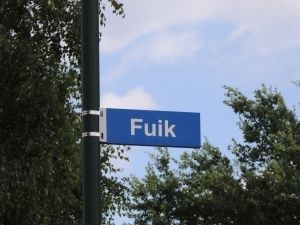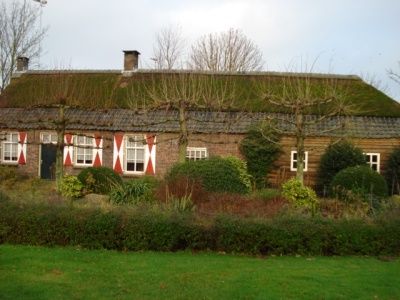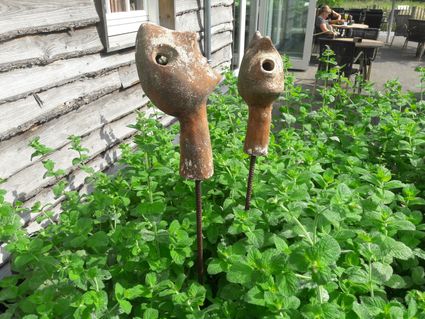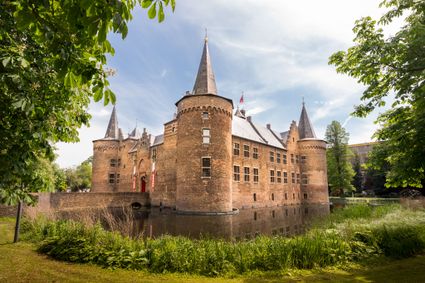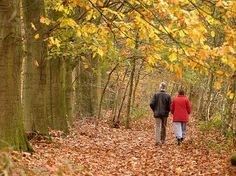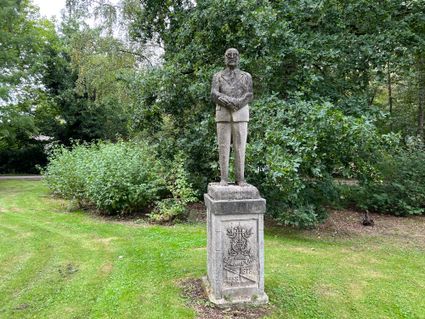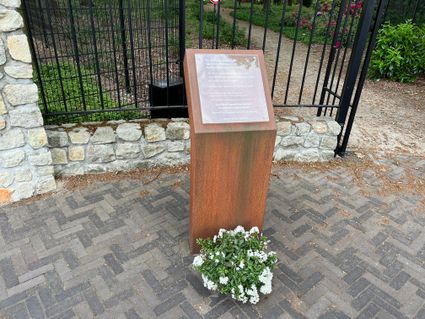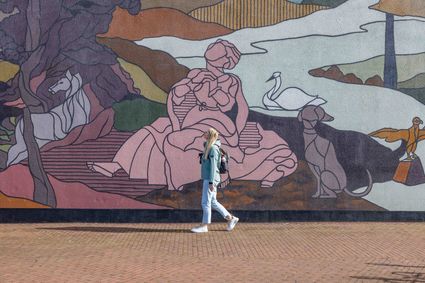Boerderij: De Fuik, Handel
This long-gabled farmhouse used as a residence dates back to the 1930s. Its location is well-chosen. In fact, it stands on the spur of a sickl…
This long-gabled farmhouse used as a residence dates back to the 1930s. Its location is well-chosen. In fact, it stands on the spur of a sickle dune, a higher, drier place in what was probably still a soggy landscape at the time this farm was built. A crescent dune, also called a barchaan, is a landscape remnant from the last ice age, about 10,000 years ago. It was then cold and very dry in the Netherlands, which led to shifting of the soil. The Handelse bossen and Landgoed Cleefswit also lie on dunes. The long-gabled farmhouse is common in the Peel and was also very much built and converted in the first half of the 20th century. The interior of the farm has been completely renovated, apart from the rafters in the stable area. The interior walls are brick in cross bond, which used to be the exterior walls. In the 1960s, new outer walls were built around the old part.

